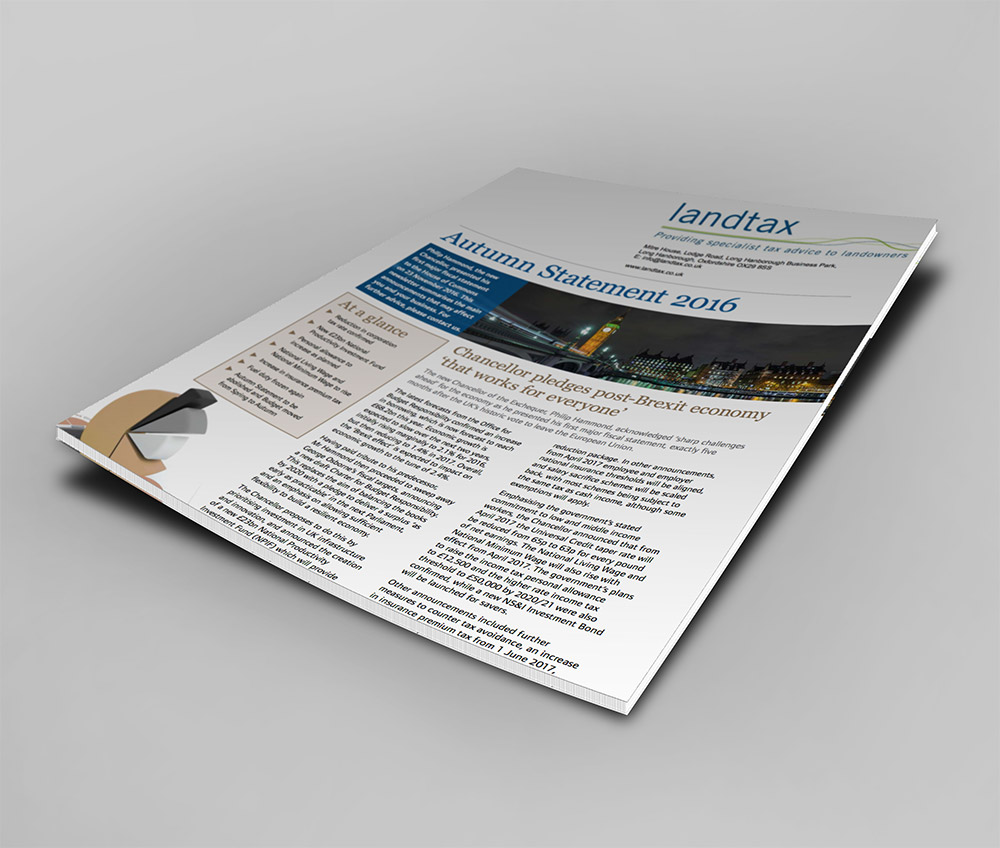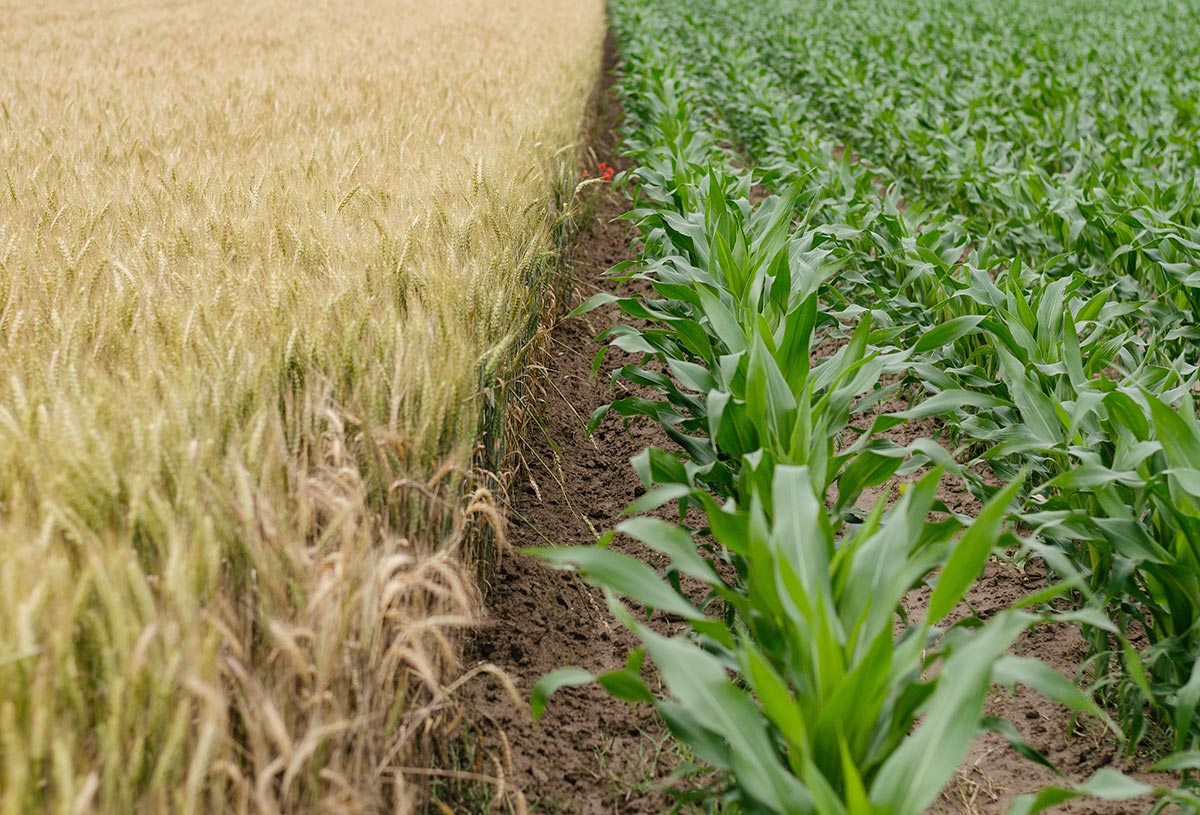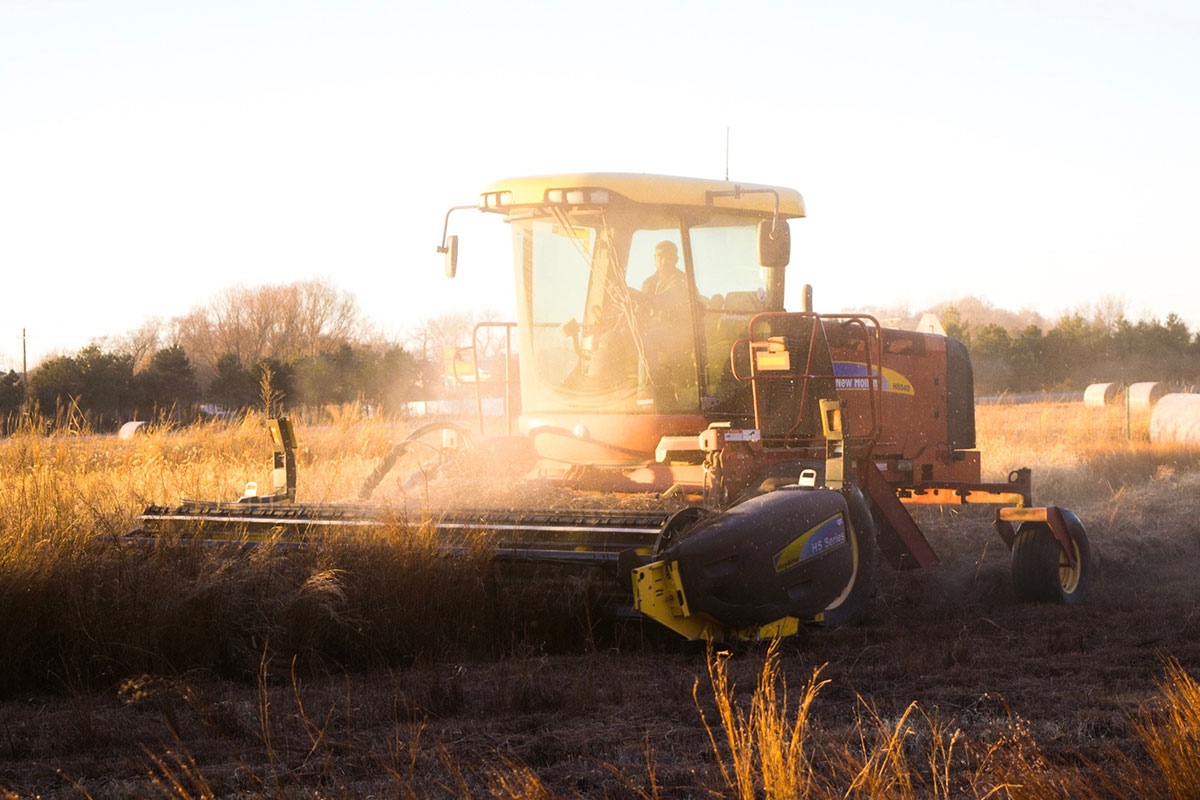National Insurance “fairness”
In the Budget on 8 March, the Chancellor provided a lengthy explanation comparing the position of the self employed and employees, noting the more favourable tax treatment of the self employed and changes that make the benefits system more comparable with employees (with the introduction of the new state pension), but omitting to mention the real risks for genuine entrepreneurs.
05 March, 2017












